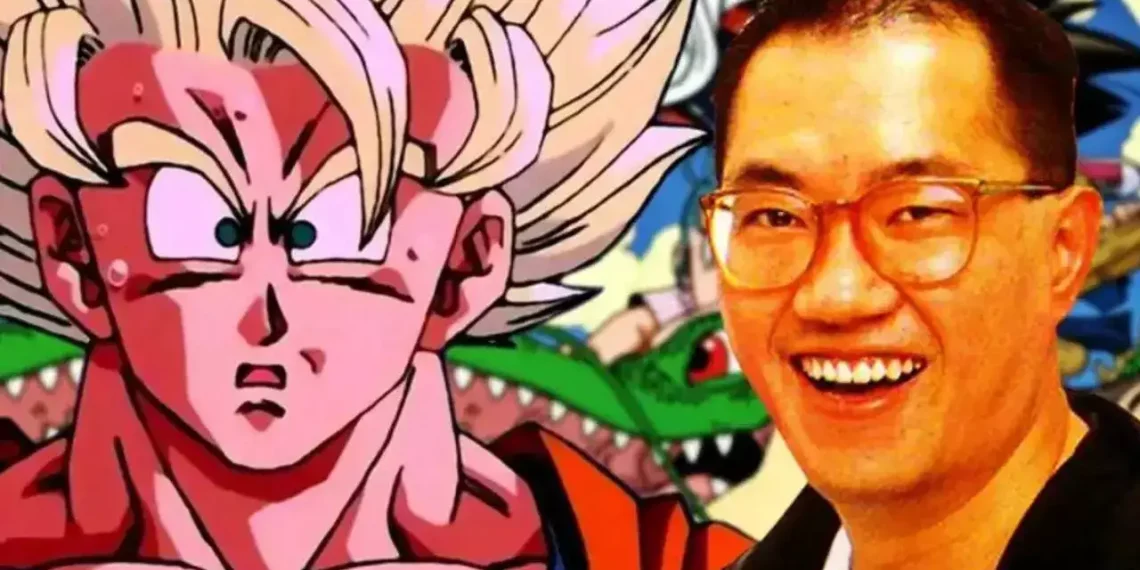On March 8, 2024, the world mourned the loss of Akira Toriyama, the renowned mangaka behind the iconic series Dragon Ball, who passed away at the age of 68 due to an acute subdural hematoma on March 1.
Following a private funeral service attended by his loved ones, the news of his passing sent shockwaves throughout the global anime community, eliciting an outpouring of grief and tributes from fans, content creators, and even politicians.
Across social media platforms, heartfelt messages, fan art, videos, and other forms of homage flooded the internet, underscoring the profound impact Toriyama had on countless lives.
Toriyama’s enduring legacy is rooted in his unparalleled contributions to the entertainment industry. Beyond cultivating a dedicated fanbase with Dragon Ball, his influence extended far beyond anime and manga, shaping popular culture in significant ways.
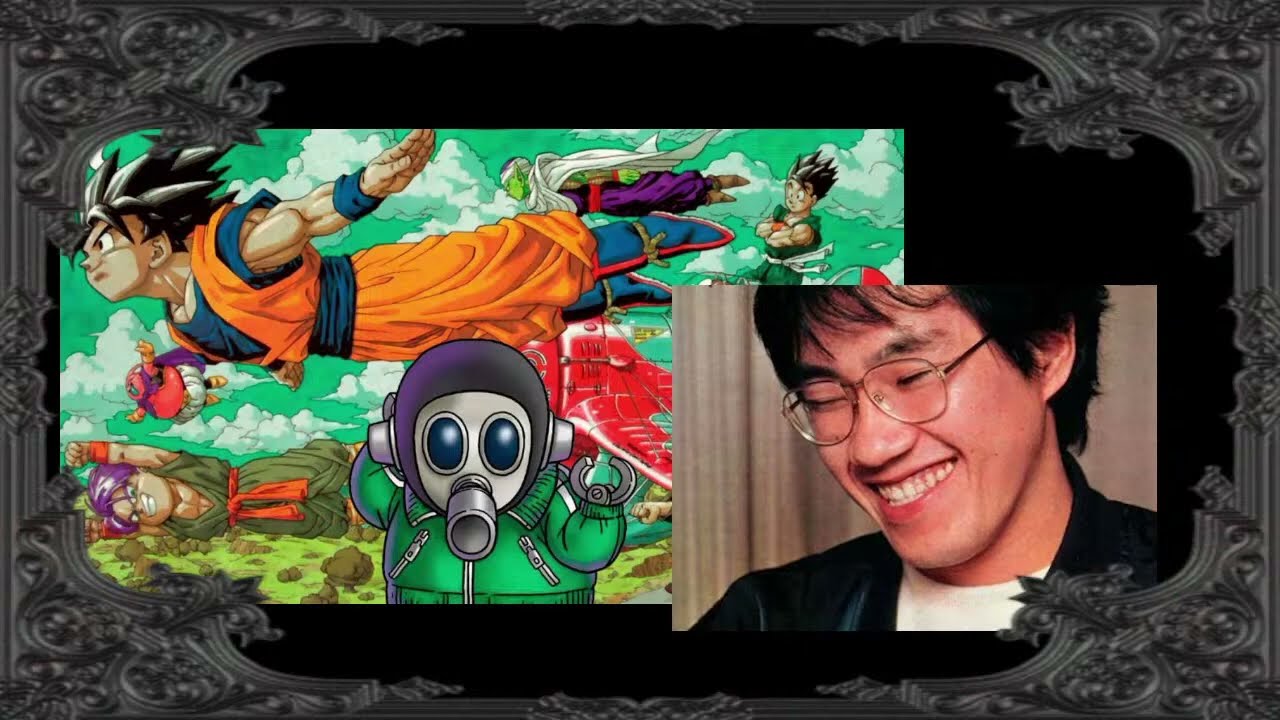
While Dragon Ball remains his most celebrated creation, Toriyama’s diverse body of work deserves recognition and discussion for its innovation and cultural significance. Examining the factors behind his creative success offers valuable insights into the lasting impact he will continue to exert on future generations of artists and storytellers.
Despite his physical absence, Akira Toriyama’s creative spirit lives on through the timeless characters and good narratives he brought to life.
While his passing marks the end of an era, his legacy remains a guiding light for aspiring creators, serving as a testament to the enduring power of imagination and storytelling.
As we reflect on Toriyama’s profound influence, we are reminded that his legacy transcends the boundaries of time and space, leaving an indelible mark on the hearts and minds of fans around the world.
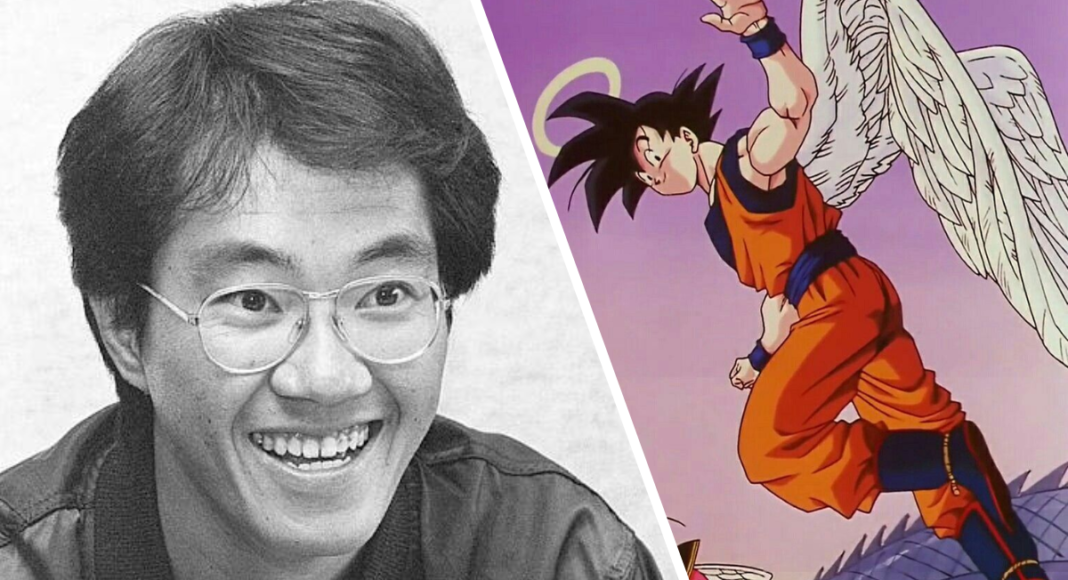
Akira Toriyama & His Works
Akira Toriyama is a famous artist who created some really cool stuff that lots of people love. One of his biggest works is called “Dragon Ball.” It started as a story based on an old legend but became super popular and turned into a big series with lots of action.
Toriyama didn’t just draw the characters, he also helped with making movies and designing new characters for video games based on “Dragon Ball.”
Before “Dragon Ball,” he made another funny series called “Dr. Slump.” It’s about a funny robot girl and her silly adventures. People liked it because it was funny and fun.
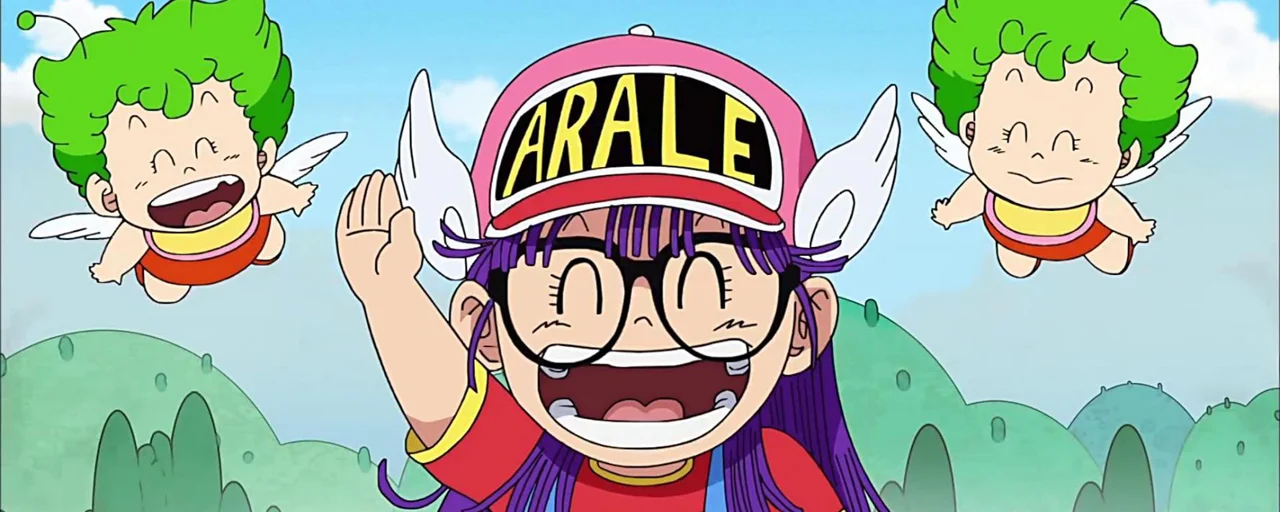
Toriyama also made a series called “Sand Land,” which wasn’t as long as “Dragon Ball” but still got a lot of attention. They even made a movie and a video game based on it.
Apart from his big series, he also wrote some short stories that were put together in a book called “Akira Toriyama’s Manga Theater.” These stories show how good he was at drawing and telling different kinds of stories.
Toriyama also worked on video games. He helped design characters for games like “Chrono Trigger” and the “Dragon Quest” series. Even though he’s not here anymore, his work still makes people happy through games and stories.
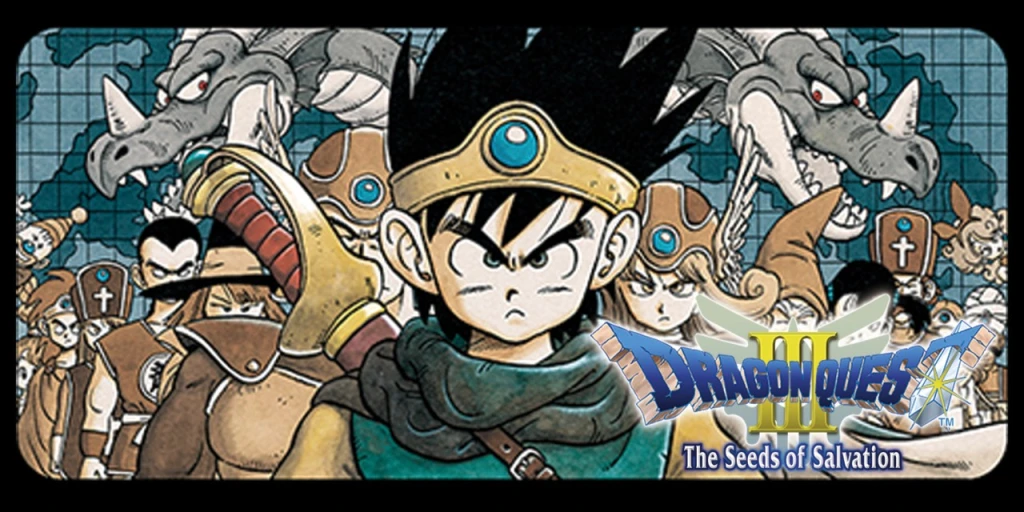
Some of his Significant Works
Akira Toriyama is best known for his incredible work on “Dragon Ball,” which is considered his masterpiece by many. Starting as a humble adaptation of “Journey to the West,” this series has grown into a massive franchise and is seen as the benchmark for shonen battle manga.
Toriyama’s involvement with “Dragon Ball” goes beyond just drawing; he’s also responsible for creating movie storylines, screenplays, titles, and character designs.
He even crafted characters for the video games inspired by “Dragon Ball,” like Bonyu in “Dragon Ball Z: Kakarot,” Shallot and Zahha in “Dragon Ball Legends,” and Android 21 in “Dragon Ball FighterZ.” Although he didn’t directly create characters for “Dragon Ball Online,” he had significant creative control as the story and art design supervisor.
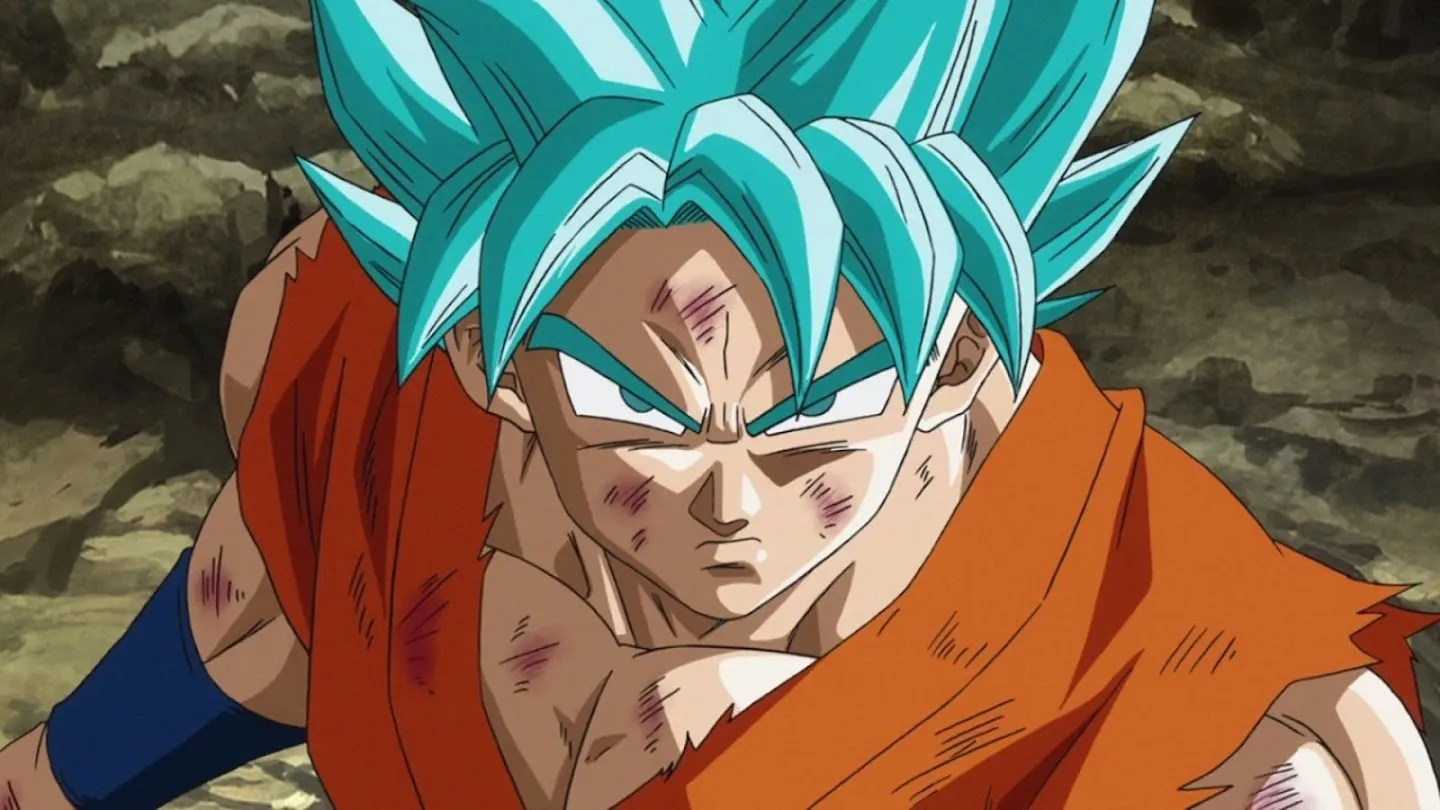
Apart from “Dragon Ball,” Toriyama’s earlier work includes “Dr. Slump,” a comedic manga featuring a robot girl and her wacky adventures. This series helped define Toriyama’s comedic style and showcased his talent for humor, which has also influenced other comedy manga in Weekly Shonen Jump.
Toriyama also had success with his “Sand Land” series, even though it was short-lived with only 14 chapters. Despite its brevity, the series inspired various projects, including a movie, a video game, and an original net animation.
There were also plans for a follow-up series called “Forest Land,” although it’s unclear how much was completed before Toriyama’s passing.
Additionally, Toriyama contributed to numerous one-shot manga stories compiled in “Akira Toriyama’s Manga Theater.” These stories highlight his iconic artistic style and storytelling prowess.
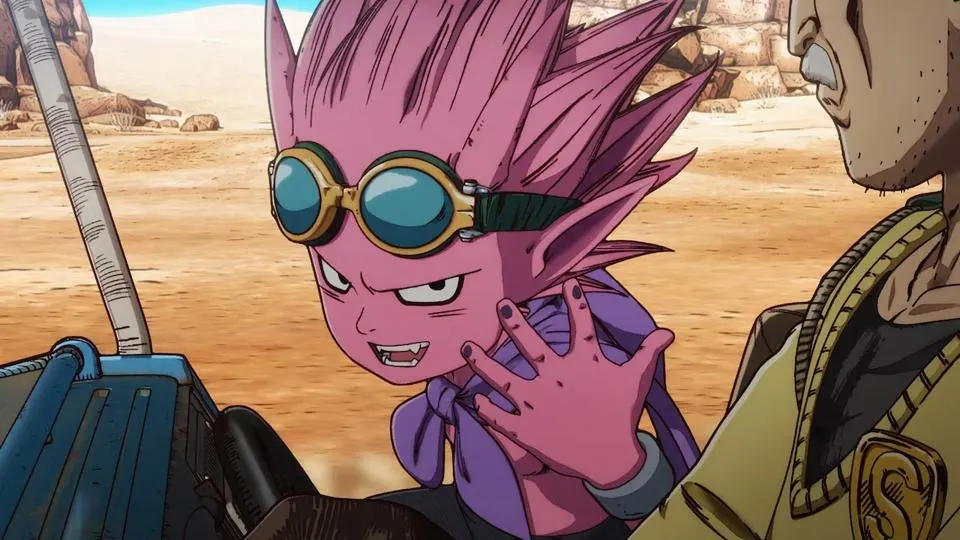
Toriyama’s artistic influence is profound. He collaborated with Yuji Hori to design characters for “Chrono Trigger” and the renowned “Dragon Quest” series. Even when “Dragon Quest” was adapted into the manga “Dragon Quest: The Adventure of Dai,” Toriyama’s art style remained evident.
His creativity also extended to games like “Blue Dragon” and many others. Toriyama’s contributions to manga and gaming have left an enduring legacy, shaping both industries with his iconic characters and distinctive artistic style.
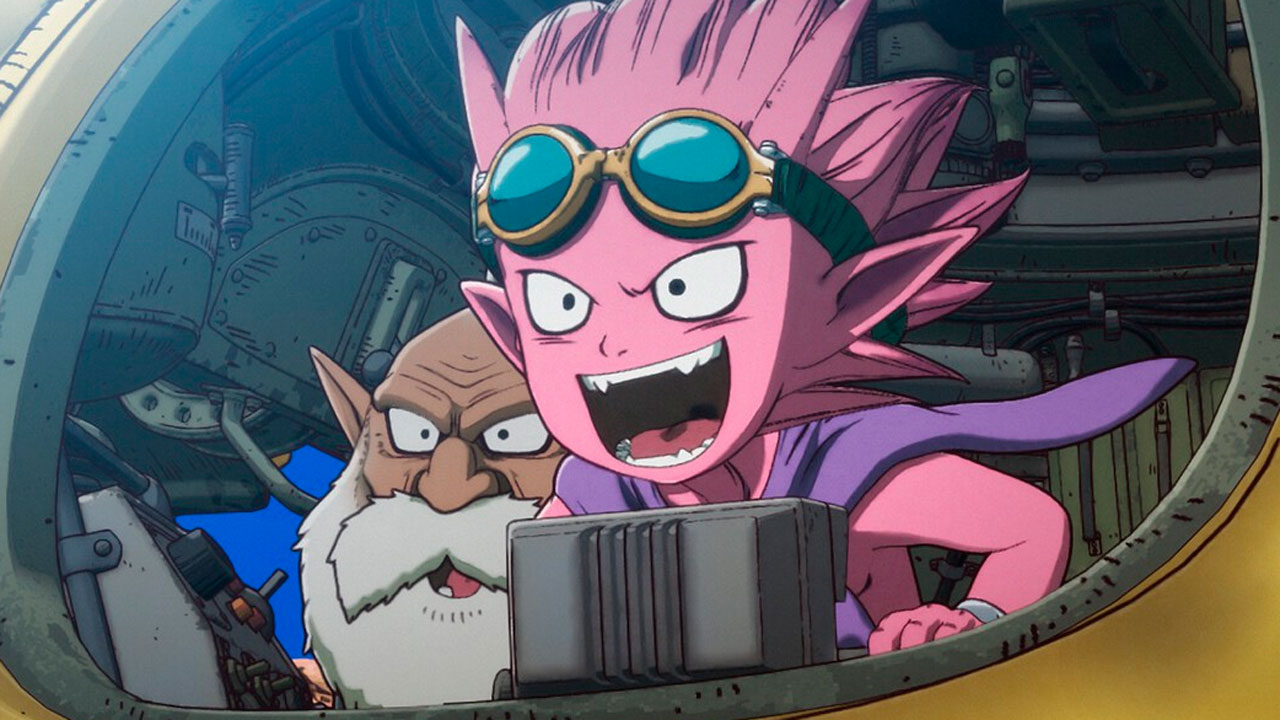
Akira Toriyama’s Influence on Shonen Anime
Akira Toriyama made a huge impact on shonen anime and manga with his creations. His influence extended to fellow mangaka who shared his space in Weekly Shonen Jump.
Whether they were writing action-packed stories, comedy manga, or even sports manga, traces of Toriyama’s storytelling style and art could be seen in their works.
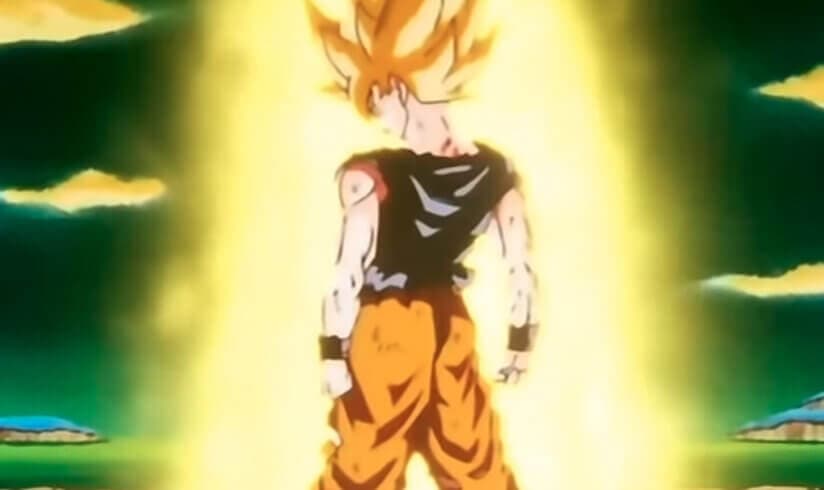
One of his earliest contributions was “Dr. Slump,” a gag manga filled with quirky characters and absurd humor reminiscent of old American cartoons.
This laid the groundwork for comedy in Shonen Jump, influencing series like Bobobo-bo Bo-bobo and Me & Roboco, as well as more serious stories like Gintama and One Piece. In fact, Eiichiro Oda, the creator of One Piece, intentionally incorporated elements of Toriyama’s humor into his own work to capture a lighthearted and cartoony feel.
But it was “Dragon Ball” that truly left its mark. While the series started with humor similar to “Dr. Slump,” it gradually shifted towards action-packed storytelling, particularly in “Dragon Ball Z.” Toriyama’s beautiful way of depicting action scenes inspired many other creators to emulate his style.
From power-ups and transformations to epic battles and iconic lines, Toriyama’s influence could be felt throughout the Shonen genre.
Moreover, Toriyama’s characters set the standard for shonen archetypes. Goku, with his pure-heartedness and love for fighting, became the prototype for many protagonists in the genre. Characters like Vegeta also established the template for rivals, starting as antagonists before evolving into allies or continuing to challenge the main character.
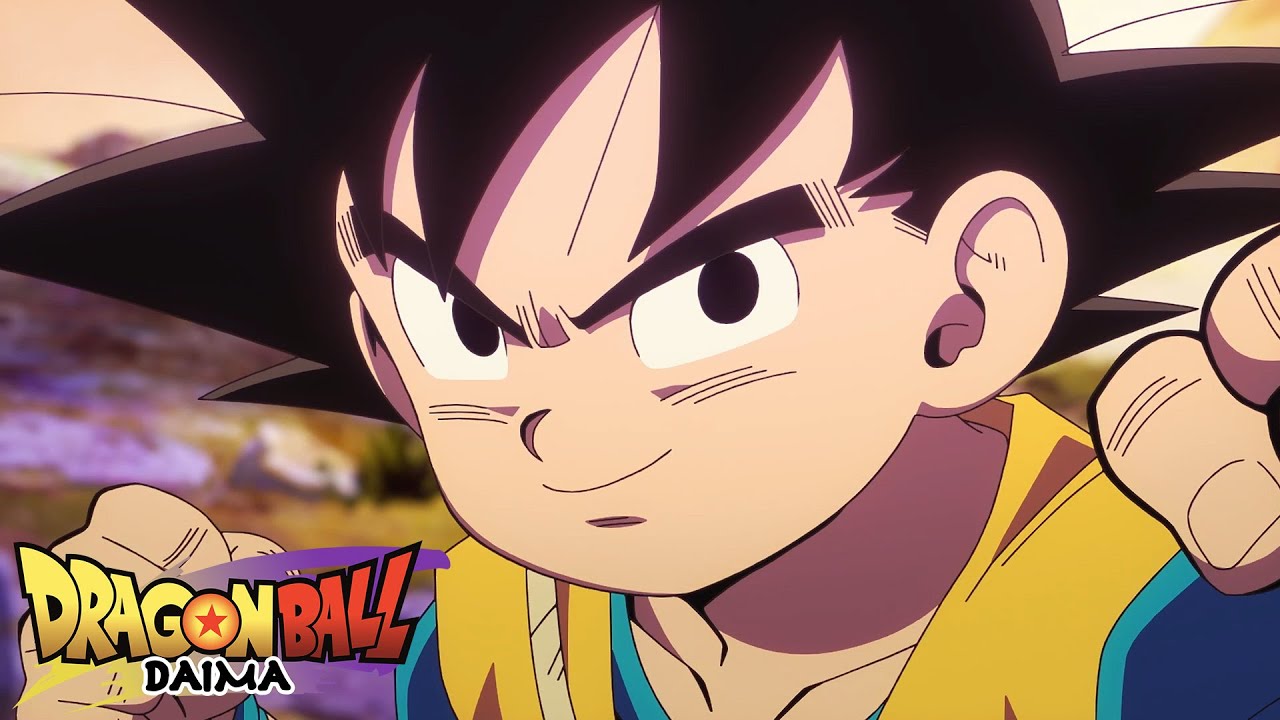
Additionally, “Dragon Ball Z” revolutionized serialized storytelling in anime. While most shows at the time followed episodic formats, Toriyama introduced long story arcs with epic battles spread over multiple episodes.
This approach not only grabbed audiences but also influenced the direction of American animation toward more serialized and dramatic storytelling.
Toriyama’s contributions reshaped the shonen anime and manga, leaving an enduring legacy that continues to inspire creators to this day.
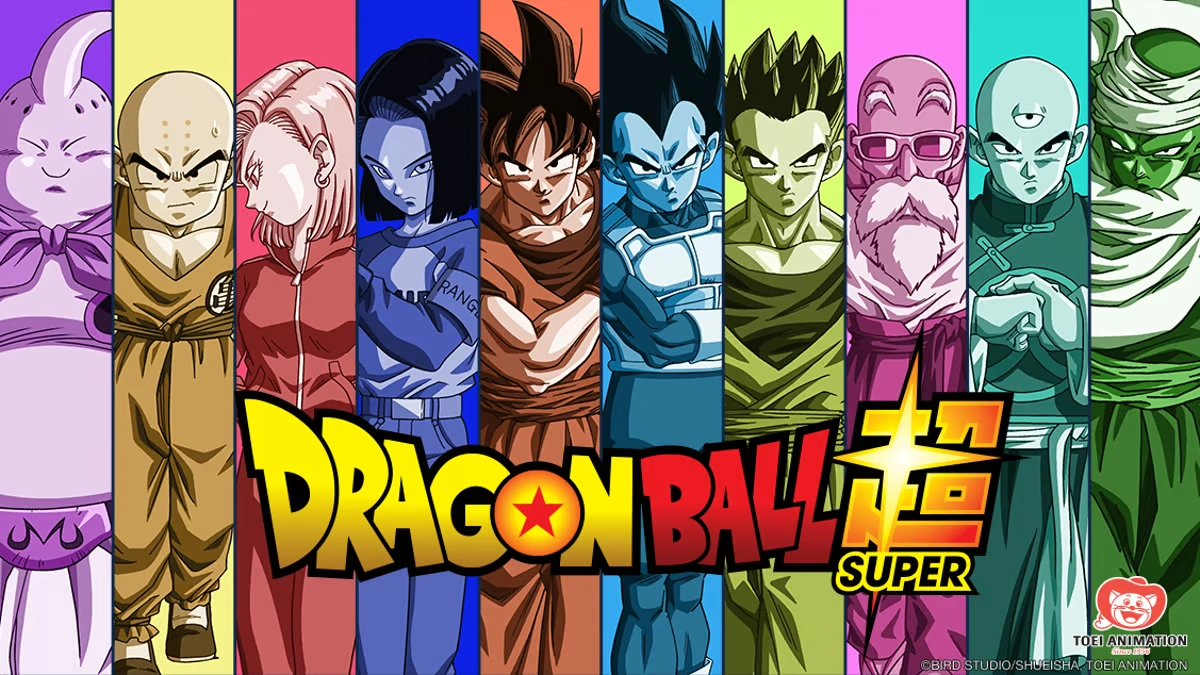
Toriyama’s Influence on Anime Art
Akira Toriyama’s influence on anime art is undeniable. His distinct style is easily recognizable and has inspired countless other artists.
One of his greatest strengths lies in his ability to capture action in manga form with brilliant execution. Toriyama’s artistry extends beyond mere drawing; he is a true master of his craft.
One of the most striking aspects of Toriyama’s style is his portrayal of faces, a common hallmark for manga artists with unique styles. While many artists differentiate their work through eyes or hair, Toriyama takes it a step further.
Although his characters may suffer from “Same Face Syndrome” to some extent, the versatility and vastness of his collection of facial features allow him to create a multitude of distinct characters.

Over the years, Toriyama has evolved his art style to incorporate even more diverse and reusable features, ensuring that his newer characters maintain a fresh and recognizable appearance.
Despite his tendency to reuse certain facial expressions, such as devilish smiles or expressions of simple-mindedness, these features only serve to enhance the recognizability of his characters.
Furthermore, Toriyama’s design philosophy extends beyond facial features to encompass body types, fashion choices, creature designs, architecture, and mechanical designs. Any attempt to emulate Toriyama’s artistic vision inevitably invokes comparisons to the master himself.
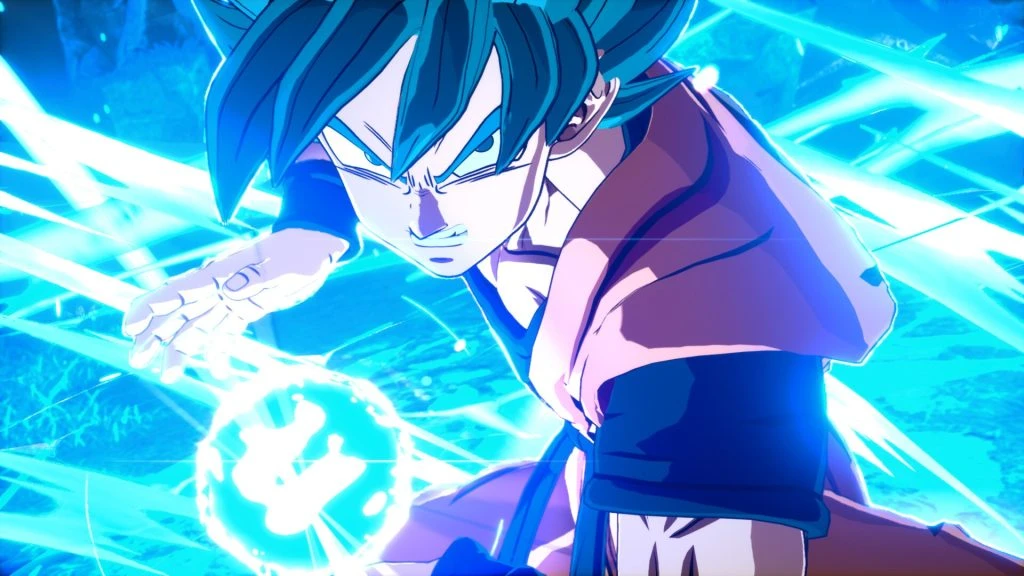
Another aspect of Toriyama’s artistry deserving of praise is his skill in paneling and composition. He possesses a keen understanding of how to convey action scenes in manga, ensuring that readers can easily follow the flow of events.
While Toriyama’s manga may not receive as much attention as the anime adaptations, those familiar with his work recognize the excellence of his panel layout and composition. Aspiring manga artists can draw inspiration from Toriyama’s mastery of storytelling through visual storytelling.
Akira Toriyama’s influence on anime art is profound and far-reaching. His distinctive style, coupled with his prowess in capturing action and storytelling, has left an indelible mark on the manga and continues to inspire generations of artists.

Akira Toriyama’s legacy continues to thrive through various avenues, ensuring that his spirit lives on in the manga industry and beyond. One prominent successor to Toriyama is Toyotarou, who initially gained recognition for his Dragon Ball doujinshi, particularly his Dragon Ball AF storylines.
His remarkable ability to emulate Toriyama’s art and writing style eventually earned him an official role within the Dragon Ball franchise. Toyotarou’s most significant contribution has been his work as the writer and artist for the Dragon Ball Super manga.
Although he still has room to grow, fans appreciate his efforts and eagerly anticipate his future endeavors. Through Toyotarou’s work and the continuation of Dragon Ball, Toriyama’s influence persists.
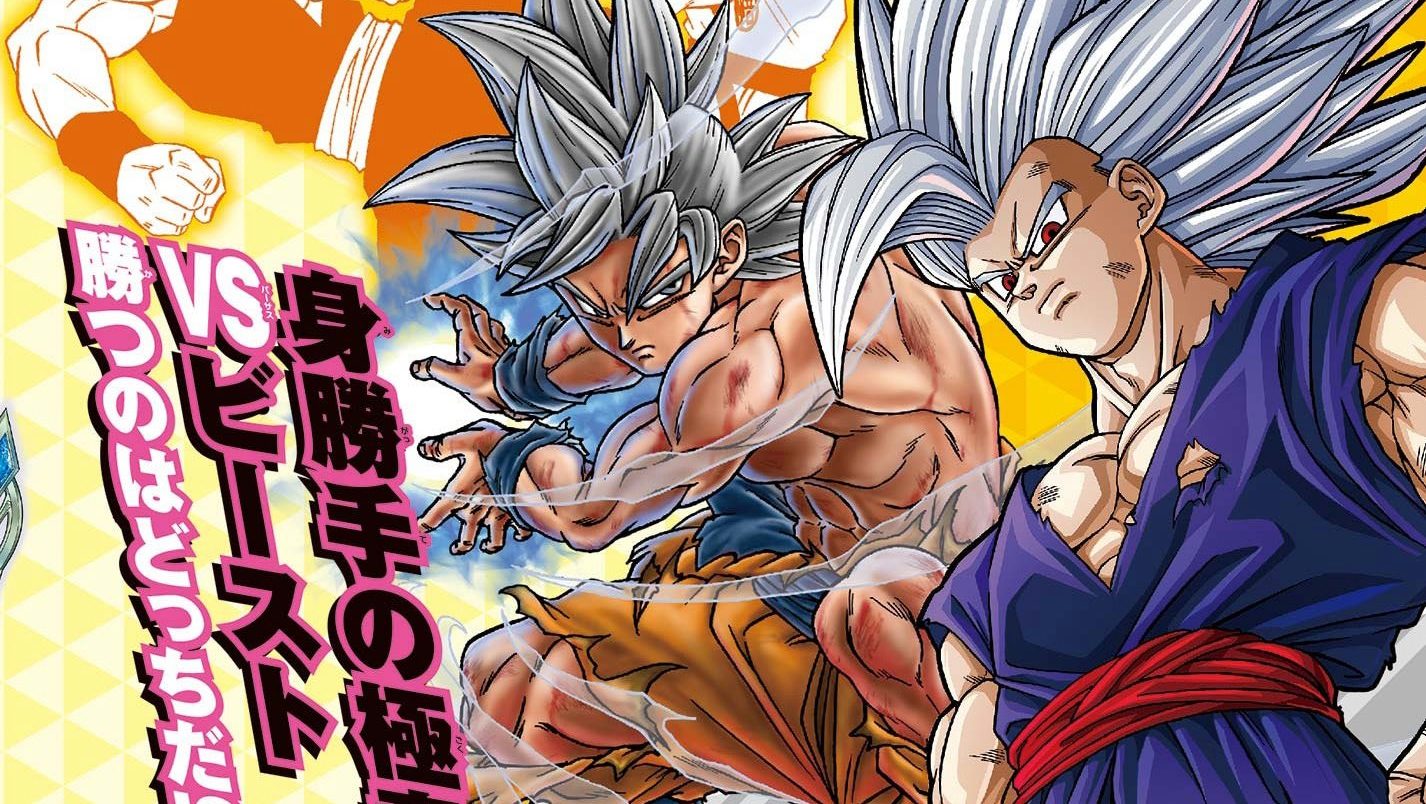
Moreover, Toriyama’s impact is felt across the manga industry, especially in Shonen Jump, the magazine that published his iconic works like Dr. Slump and Dragon Ball. The combination of Dr. Slump’s absurdist humor and Dragon Ball’s action-packed adventures has inspired numerous manga artists, particularly in the battle shonen genre.
Works like Naruto, Bleach, One Piece, Hunter x Hunter, Toriko, Black Clover, and Undead Unluck bear traces of Toriyama’s storytelling style and artistic flair.
Even beyond Shonen Jump, creators like Hiro Mashima with Fairy Tail and Edens Zero, as well as The Seven Deadly Sins, draw heavily from Toriyama’s influence. His impact extends beyond manga, reaching into foreign territories such as modern American comic books and related media.
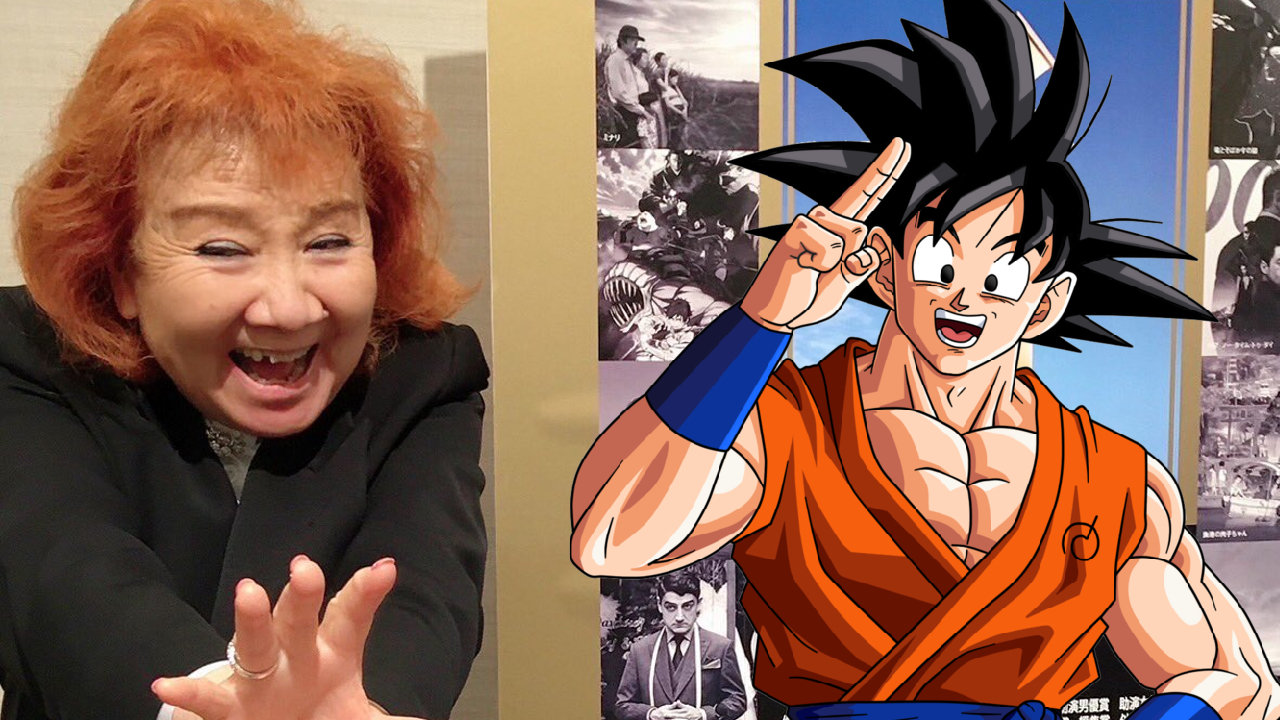
Furthermore, Toriyama’s influence transcends the entertainment industry. His characters and stories have inspired athletes worldwide, with many attributing their success to the perseverance and determination exemplified by their favorite Dragon Ball characters.
This global resonance underscores the phenomenon that Dragon Ball has become, ensuring that Toriyama’s legacy will endure for generations to come. Whether through anime, movies, sports, or other forms of media, Toriyama’s imprint on popular culture remains indelible, ensuring that his spirit continues to flourish.


